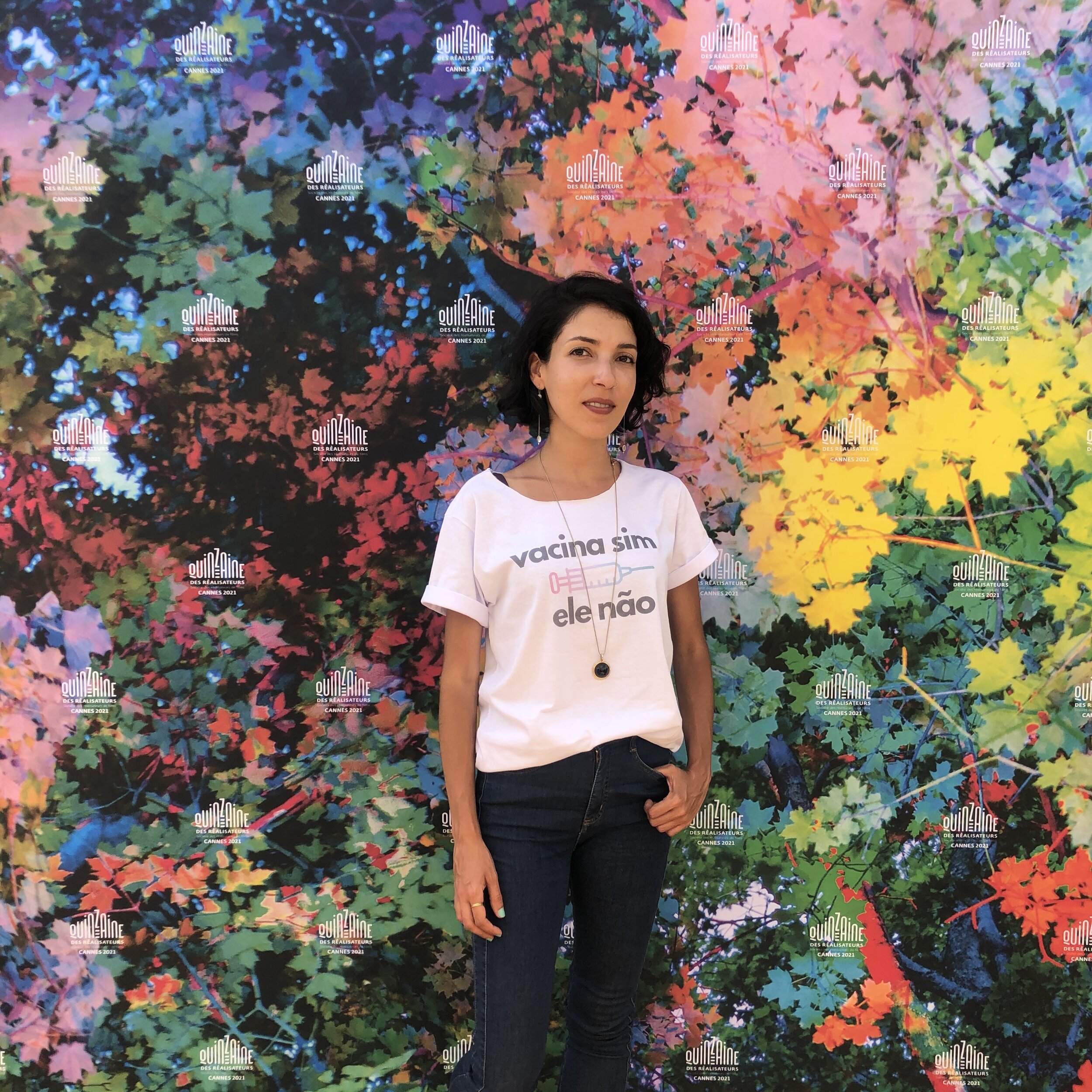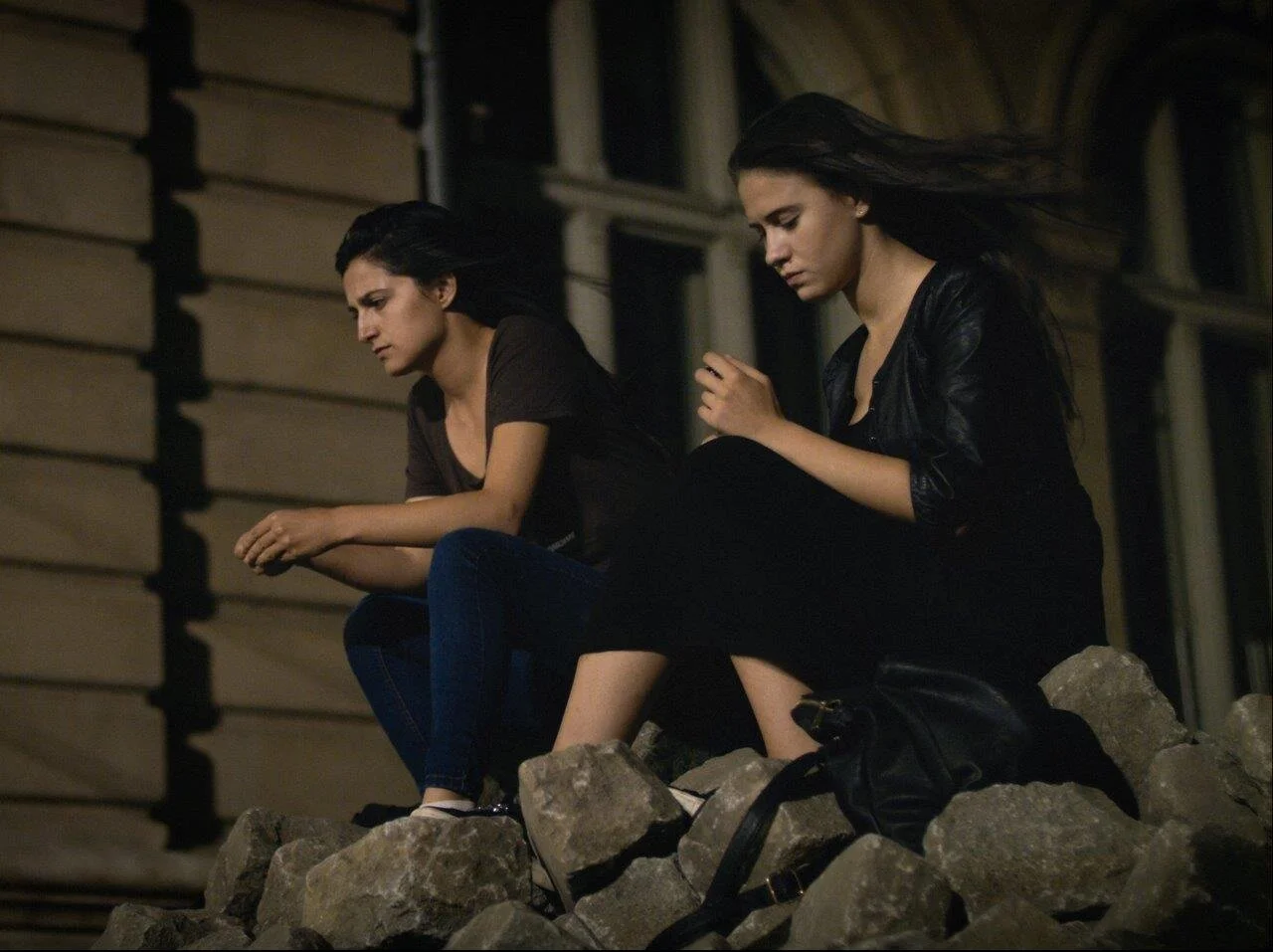Eschewing Gender Tropes and Effeminate Aesthetics Makes for Powerful Female Characters in Jeymes Samuel’s THE HARDER THEY FALL
The 65th edition of the BFI London Film Festival got off to an exhilarating start with this year’s opening night gala, the world premiere of Jeymes Samuel’s star-studded new-age Western THE HARDER THEY FALL at Southbank’s Royal Festival Hall.
Filmed on location in New Mexico but set in the fictional frontier lands of Salinas, Texas, Samuel’s exceptionally assured direction belies his status as a first-time feature filmmaker, transporting us to the arid vistas of his thoroughly entertaining story of loyalty, survival and redemption, based on the lives of real black cowboys of the past. Idris Elba is the ruthless outlaw Rufus Buck, and Jonathan Majors, his mortal enemy, the enigmatic Nat Love, a fellow outlaw obsessed with hunting Buck down to settle a generations-old score which left Love orphaned at Buck’s hand as a child. Elba’s measured and deliberate physicality, combined with his enthralling Texan drawl, is unmatched, and his screen chemistry throughout with King’s Treacherous Trudy Smith and Major’s Nat Love respectively is a masterclass in emotionally-driven acting. Love and Buck each have a band of faithful renegades committed to riding with them to the death, made up of one of the most formidably talented ensemble casts in recent cinematic memory: Regina King is the caustic Treacherous Trudy Smith; Zazie Beetz is Mary Fields, saloon entrepreneur and Nat Love’s estranged lover; LaKeith Stanfield turns in an understated performance as Cherokee Bill, the quickest draw in the West - whose status as such is contested with laugh-out-loud one-liners by RJ Cyler, whose turn as the fecklessly charming Jim “Quickdraw” Beckworth instantly makes him the film’s beloved underdog.
The three female characters in THE HARDER THEY FALL make up a formidable trio of independent women with compelling stories and their own axes to grind, and it was refreshing to see their fates unfold in their own hands. Danielle Deadwyler’s stoic portrayal of the androgynous Cuffee was a particular gem of a performance amongst a momentous ensemble cast. At the film’s press conference Samuels highlighted the autonomy of his female characters as crucial to the collaborative, genre-bending aesthetic of the film. “Something that really gets to me is that there was always this trope in the Westerns I watched growing up on TV in the UK, of women - particularly black women - being subservient, passive, not having their own stories.”
He cited getting Regina King on board as integral to this empowering objective, and King in turn reflected on her appreciation of the fact that the female characters were not defined by male counterparts, nor characterised by the gendered tropes too often seen not only in Westerns but more widely across cinematic genres - as King herself was quick to point out. On the red carpet, King returned to her admiration of these three characters: “these were three completely different women whose existence is not based on a man, or a child - we walk to the beat of our own drum, and it’s kind of cool that a man [Samuels] could write that.”
I wholeheartedly agree with King. It is cool - and exceedingly cinematically rewarding. As the plot engine lucidly tracks the escapades of these captivating outlaws to the inevitable gun-slinging showdown, the female characters - Trudy (King), Fields (Beetz) and Cuffee (Deadwyler) - elevate the film’s genre-bending appeal in an innovative and progressive portrayal which I have no doubt will resonate with contemporary audiences the world over.
Some final notes on the film’s cinematic and aesthetic brilliance, if I may:
In moments which reverberate with the unmistakable clang of bone on metal, and spurs dragging across dusty hardwood saloon floors, the sound editing is meticulous. The plaintive, haunting strings leading up to the shoot-out, with Nat Love’s crew riding into Buck’s town of Redwood, are reminiscent of the overture to Chicago’s ‘Tango de Roxanne’. Cue one of the most meticulously executed fight sequences I have ever seen, with Samuel’s highly stylised auteurship shining through in arrestingly dynamic camerawork that draws the eye to the gunsmoke, the dynamite explosions, the ferocious expressions of the fallen breathing their last as guts and limbs fly left, right and centre to the point where I wondered if I’d daydreamed my way into a Tarantino number. The shootout is set to an exuberant mariachi-style horn-heavy number which sounds misplaced, considering what is at stake in the scene, but isn’t; and Majors’ equestrian skills as the righteous Love are a wonder to behold. He rides through the chaos mounting, dismounting, and shooting two-handed like he was born on horseback.
The story culminates in an explosive plot twist I won’t spoil for you - I highly suggest you watch the movie and find out for yourself.
THE HARDER THEY FALL will receive a limited theatrical release following its world premiere at the BFI London Film Festival, and will be available to stream globally on Netflix from 3rd November.





